By Lt. Col. Harold E. Raugh, Jr., Ph.D., U.S. Army (Ret.)
Trench warfare on the Western Front during World War I was generally static, stultifying, and unimaginative. Advances were measured in yards and casualties in the thousands.
Military operations on the relatively unknown Italian Front, especially during the Battle of Caporetto, October-December 1917, were very different. Combat was characterized by mobility in the mountains and fluidity of the battlefront. Junior officers, possessing sound leadership, tactical expertise, initiative, courage, and determination commanded large forces with unparalleled success. Service on the Italian Front was the penultimate Great War experience of German Army Lieutenant Erwin Rommel of the Wurttemberg Mountain Battalion—better known as the famed “Desert Fox” of World War II. Rommel’s Italian experience is chronicled in John Wilks and Eileen Wilks’ fascinating Rommel and Caporetto (Barnsley, S. Yorks., UK, 2001; 262 pp., illustrations, maps, reference, bibliography, index, $36.95 hardcover).
 Seven German divisions spearheaded the Austro-German offensive against the Italians on the upper Isonzo River in the Julian Alps on October 24, 1917. The ill-prepared Italians reeled back in the face of the German onslaught and withdrew 50 to 70 miles, to within 20 miles of Venice, where the campaign developed into a war of movement on the Venetian plains.
Seven German divisions spearheaded the Austro-German offensive against the Italians on the upper Isonzo River in the Julian Alps on October 24, 1917. The ill-prepared Italians reeled back in the face of the German onslaught and withdrew 50 to 70 miles, to within 20 miles of Venice, where the campaign developed into a war of movement on the Venetian plains.
Rommel served throughout the campaign, taking advantage of tactical opportunities as they presented themselves. He initially commanded two or three infantry companies with attached machine guns, and in the first three days of the offensive captured some 9,000 Italian soldiers. Two weeks later, his force seized the key town of Longarone along with 10,000 enemy troops. For their audacious leadership and unmitigated bravery at Longarone, both Rommel and his battalion commander, Major Sproesser, were awarded the Pour le Merite, then Germany’s highest award for individual gallantry in action. Rommel’s outstanding leadership and courage on the Italian Front was also lauded at the time as “extraordinary an example of skill and daring as can be found in the annals of modern warfare.”
The narrative of Rommel’s actions is derived mainly from his own occasionally self-serving account Infanterie greift an, translated in 1979 as Attacks, and Sproesser’s battalion history. The Wilks, who in 1998 wrote The British Army in Italy, 1917-1918, have placed Rommel’s and his battalion’s tactical activities superbly within the overall context of the Caporetto operations and war strategy through the skillful synthesis of Italian Army official campaign histories and other German, Italian, and French records. Almost three dozen superb photographs and 18 adequate maps augment the text. Endnotes, a bibliography, and indices complete this volume.
Rommel and Caporetto is informative, interesting, and enjoyable. Well written and solidly researched, it not only highlights the little-known Battle of Caporetto but it also chronicles and assesses a key formative experience in Rommel’s career that helped him develop into a master of mobility and maneuver warfare in World War II.
Recent and Recommended
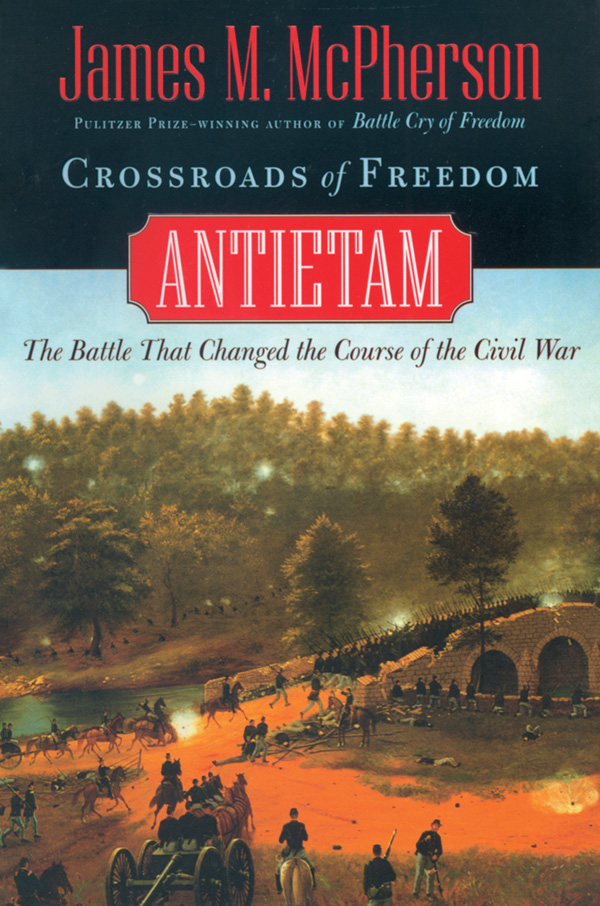 Crossroads of Freedom: Antietam, The Battle That Changed the Course of the Civil War, by James M. McPherson, New York: Oxford University Press, 2002; 203 pp., illustrations, maps, notes, bibliographical essay, index, $26.00 hardcover.
Crossroads of Freedom: Antietam, The Battle That Changed the Course of the Civil War, by James M. McPherson, New York: Oxford University Press, 2002; 203 pp., illustrations, maps, notes, bibliographical essay, index, $26.00 hardcover.
The Battle of Antietam, fought in western Maryland on September 17, 1862, was the bloodiest single day in American history, with some 6,300 soldiers killed in action or mortally wounded. While the hard-fought July 1863 Battle of Gettysburg reflected the “high-water mark” of the Confederacy, and the near-simultaneous Union capture of Vicksburg, the “Gibraltar of the West,” was also clearly significant, neither action was the decisive battle of the Civil War, according to Pulitzer Prize-winning Civil War historian James M. McPherson.
In his view Antietam was the crucial turning point of the conflict. The Union victory there reversed a long string of demoralizing defeats and reinvigorated the Northern cause. This battlefield success provided President Abraham Lincoln with the moral authority to issue the Emancipation Proclamation, thus changing the character of the war. The Proclamation in turn crushed the intentions of cotton-starved Great Britain to recognize and possibly intervene to assist the Confederacy in its war efforts, an intervention that may have tipped the scales in favor of the South. While the author’s thesis is not new, he convincingly weaves the threads of military, diplomatic, and political history, emphasizing historical contingency, into a comprehensive and colorful tapestry of this pivotal episode in American history.
Impeccably researched, superbly illustrated, and compellingly written, Crossroads of Freedom is an indispensable addition to the libraries of Civil War historians and enthusiasts.
In Brief
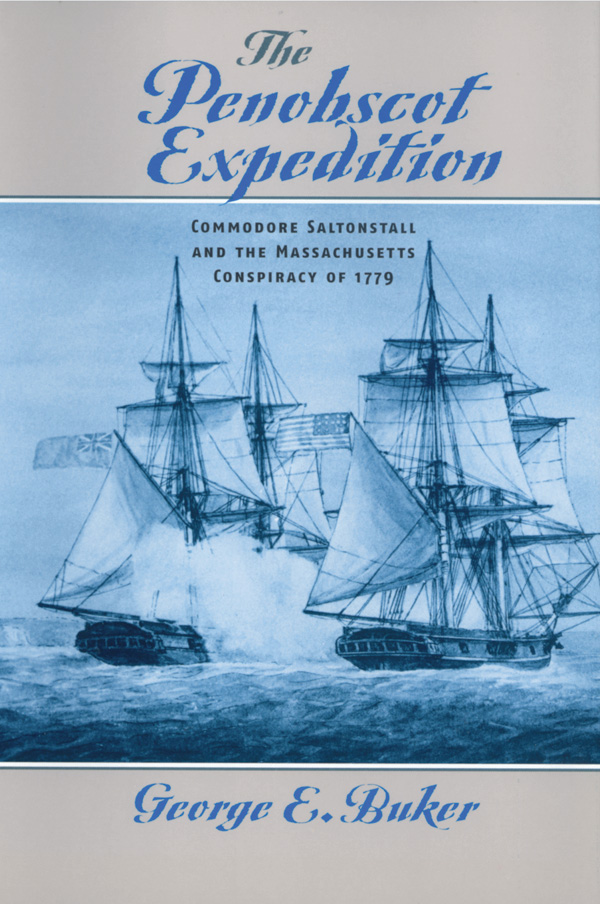 The Penobscot Expedition: Commodore Saltonstall and the Massachusetts Conspiracy of 1779, by George E. Buker, Annapolis, MD: Naval Institute Press, 2002; 216 pp., map, appendix, notes, bibliography, index, $32.95 hardcover.
The Penobscot Expedition: Commodore Saltonstall and the Massachusetts Conspiracy of 1779, by George E. Buker, Annapolis, MD: Naval Institute Press, 2002; 216 pp., map, appendix, notes, bibliography, index, $32.95 hardcover.
Little known but very controversial, the ill-fated 1779 Penobscot Expedition was a seminal event in U.S. naval history. Commodore Dudley Saltonstall commanded a hastily organized 39-vessel fleet, operating on orders of the Massachusetts legislature. His mission was to dislodge the British from the Penobscot Bay area (now Maine). After a campaign lasting from July 25 to August 16, 1779, British reinforcements routed the Americans with the loss of all U.S. ships. In the aftermath, Saltonstall was accused of cowardice, court-martialed, and found guilty.
After considerable research into primary-source documents, the author concludes that senior Massachusetts military officers and authorities conspired to provide a highly biased inquiry report to the U.S. Navy. This was to ensure Saltonstall was found guilty so Massachusetts could request reimbursement for the expedition’s cost. (In 1793, the U.S. Congress awarded Massachusetts $1.5 million as its share of the Penobscot Expedition.) Moreover, the author concludes Saltonstall was not a coward, or incompetent, but that natural weather conditions, coupled with a lack of understanding of the limitations of square-rigged vessels, doomed the mission.
This study, a model of clarity and good research, chronicles an important early naval expedition and presents compelling arguments that the commander was intentionally made the scapegoat for its failure.
Battles and Leaders of the Civil War: Volume 5, Peter Cozzens, ed., Champaign: University of Illinois Press, 2002; 715 pp., illustrations, maps, notes, index, $39.95 hardcover.
In the 1880s, Century Magazine began publishing a series of articles on the Civil War, written by Union and Confederate commanders and leading participants providing their individual—and frequently clashing—perspectives on various battles and campaigns. These articles were fascinating and tremendously popular, and some 99 of them (plus shorter pieces and letters) were compiled into the four-volume Battles and Leaders of the Civil War. After these volumes were published in 1888, Century Magazine and others continued to publish first-hand accounts of the Civil War.
Prolific Civil War author Peter Cozzens has compiled over 50 articles, mainly from Century and the Philadelphia Weekly Times, following the format of the earlier volumes. Authors and topics include Union Maj. Gen. Winfield S. Hancock writing on Gettysburg; an account of the Tullahoma and Chickamauga campaigns penned by Union Maj. Gen. William S. Rosecrans; an overview of the war by Confederate Lt. Gen. James Longstreet; and a host of additional interesting and insightful chronicles. Much of the information contained in this volume is fresh and important, and makes an outstanding contribution, as did the original four volumes, to Civil War studies.
Nature’s Army: When Soldiers Fought for Yosemite, by Harvey Meyerson, Lawrence: University Press of Kansas, 2001; 318 pp., illustrations, abbreviations, maps, index, $35.00 hardcover.
Although little known, the U.S. Army administered Yosemite National Park from 1890 until the establishment of the National Park Service in 1916. Author Harvey Meyerson (of the Library of Congress’s Congressional Research Service) begins his study of this unusual endeavor by exploring the unique institutional origins, character, and overall mission of the “Old Army”—the 19th-century “frontiersmen in blue”—which he considers “an army unlike any other in modern history.” He then launches an examination of the supervision of Yosemite by various cavalry regiments, focusing on the crucial decade of the 1890s. Next he shifts onto American society from the complementary perspectives of the Old Army and contemporary wilderness preservationists. The author concludes that the Army was, perhaps surprisingly, extremely effective, conscientious, and visionary in their unorthodox role as the caretakers of Yosemite. This perceptive book also counters the Army’s stereotypical Indian-fighting image, providing insight on unconventional Old Army missions and on the early history of the wilderness conservation movement.
The Curling Letters of the Zulu War: “There Was Awful Slaughter,” Adrian Greaves and Brian Best, eds., Barnsley, S. Yorks., UK: Pen & Sword Books, Leo Cooper, 2001; 158 pp., photographs, maps, $36.95 hardcover.
The invading British Army column encamped at Isandhlwana was attacked on January 22, 1879 by about 20,000 Zulus. After a bitter fight, 52 British officers and 806 soldiers, plus some 500 of their African allies, lay dead and mutilated on the rocky ground. Only five British officers survived this debacle, arguably the worst and most humiliating defeat in British military history. Of the surviving officers, only Lieutenant Henry Curling had fought in the center of the front line that bore the brunt of the Zulu onslaught. Curling wrote many detailed letters to his family, only discovered in 2000, that chronicle his overseas service in Gibraltar, the 9th Frontier War, and Afghanistan. The main value of Curling’s fascinating letters is the insight and graphic descriptions he provides as a survivor of the Battle of Isandhlwana. This well-illustrated and intriguing volume deserves to be in every Zulu War and Victorian military history enthusiast’s personal library.
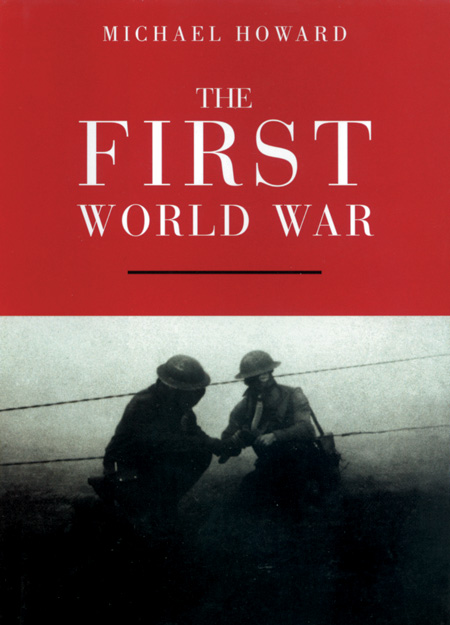 The First World War, by Michael Howard. New York: Oxford University Press, 2002; 154 pp., illustrations, maps, appendices, further reading, index, $23.00 hardcover.
The First World War, by Michael Howard. New York: Oxford University Press, 2002; 154 pp., illustrations, maps, appendices, further reading, index, $23.00 hardcover.
Eminent historian Sir Michael Howard writes that World War I was “so terrible, and its consequences so catastrophic,… not so much [because] of its global scale as of a combination of military technology and the culture of the peoples who fought it.” This is the theme of Howard’s elegantly written and perceptive study of World War I. It contains the author’s considered assessments of the causes and consequences of the war, placed within their historical, political, military, and cultural contexts. The dispositions and strategies of the opposing forces, including the major campaigns they fought, are here laid out.
The U.S.’s entry into the war and its impact upon the ultimate outcome, plus the war’s settlement, which planted the seeds for a second worldwide conflagration a generation later, are described with accuracy and clarity of vision. Howard’s relatively brief but comprehensive and highly readable monograph is the best concise introduction to and overview of World War I, up to that time “the most apocalyptic episode the world had known.”
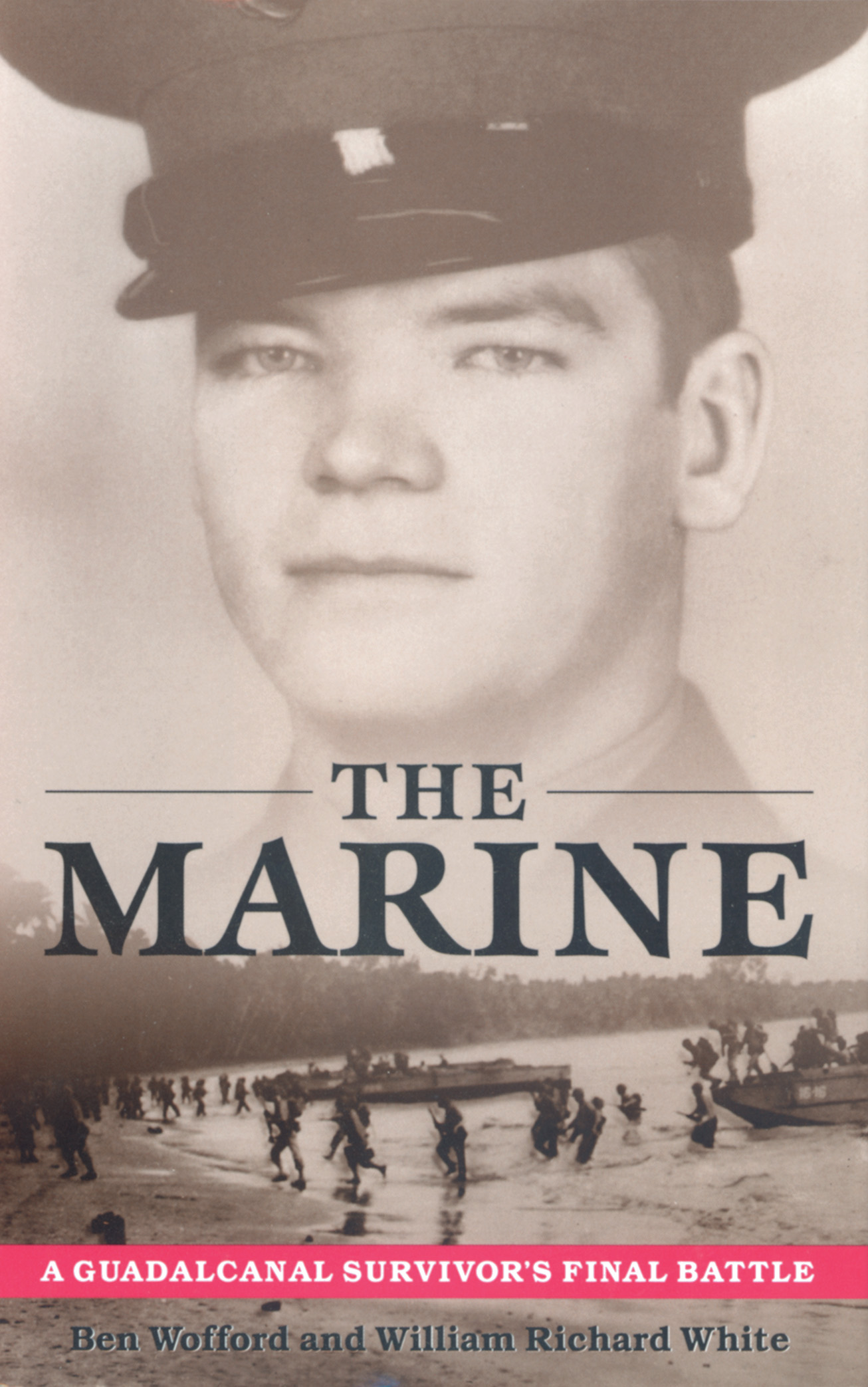 The Marine, by Ben Wofford and William Richard White, Annapolis, MD: Naval Institute Press, 2002; 176 pp., illustrations, maps, index, $28.95 hardcover.
The Marine, by Ben Wofford and William Richard White, Annapolis, MD: Naval Institute Press, 2002; 176 pp., illustrations, maps, index, $28.95 hardcover.
The paths of two Pacific combat servicemen, Marine William Richard White and sailor Ben Wofford, crossed twice during World War II. They both served on Guam and both sailed on the same ship to Australia, but they did not actually meet until five decades later. When they did meet, Wofford was a physician and White his patient, fighting against an enemy even more insidious than the Japanese: cancer. The two, by virtue of their common experiences, bonded quickly.
White had written an account of his service on Guadalcanal and gave a copy to Wofford, but died before it was ready for publication. Wofford felt a sense of duty to his comrade, and skillfully edited the memoir, adding unobtrusive but compassionate medical observations, and ensured its publication. The result is a poignant and compelling saga of a proud Marine, fighting against the Japanese on Guadalcanal, and with the same discipline and dogged determination, against one final foe. It is a riveting story of friendship, fear, the whimsicality of fate, and the inevitably of death.
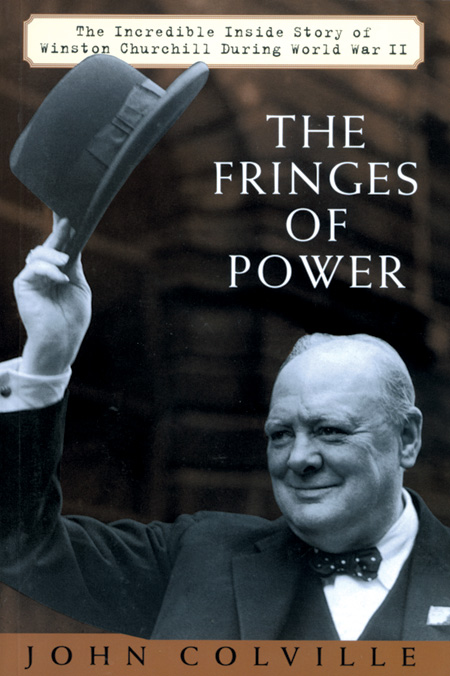 The Fringes of Power: The Incredible Inside Story of Winston Churchill During World War II, by John Colville, Guilford, CT: Lyons Press, 2002; 796 pp., illustrations, biographical notes, glossary, index, $24.95 softcover.
The Fringes of Power: The Incredible Inside Story of Winston Churchill During World War II, by John Colville, Guilford, CT: Lyons Press, 2002; 796 pp., illustrations, biographical notes, glossary, index, $24.95 softcover.
From 1939 to 1945, John Colville served as principal private secretary to Winston Churchill, the indomitable and dynamic wartime British prime minister, thus spending the war years at Churchill’s side. Colville attended chiefs-of-staff discussions, War Cabinet meetings, sessions of Parliament, and the Allied war conferences, in addition to weekends at Chequers, the prime minister’s retreat. Each night, Colville wrote detailed daily entries chronicling the day’s events, official business, Churchill’s private conversations with his closest advisers, and the prime minister’s reactions to and comments on the vicissitudes of the war. The resultant compilation—fascinating, witty, and insightful—offers an unparalleled perspective on Churchill’s activities, opinions, and personality, as well as the higher direction of WWII.
With Our Backs to Berlin: The German Army in Retreat, 1945, by Tony Le Tissier, Stroud, Glos., UK: Sutton Publishing, 2001; 215 pp., illustrations, maps, appendix, notes, index, $27.95 hardcover.
The final Soviet offensive of World War II began on April 16, 1945 with a devastating 40,000-gun artillery barrage. The sight of seemingly endless attacking Russian tanks and infantrymen, according to German Army Lieutenant Karl-Hermann Tams, “made the blood run cold.” Tams’ account of his experiences on the Eastern Front during the last few months of the war is only one of many such interesting and breathtaking vignettes contained in this volume.
Other reminiscences include a panzer grenadier attack on a Russian-held village; manning a 128mm antiaircraft gun at the Zoo Bunker flak tower in Berlin; and related engagements of the “last-ditch” defense of Berlin in the face of the overwhelming Soviet onslaught. Generally detailed and riveting, these accounts shed light on the ferocious fighting little known to most Western readers, and merit a large audience. While these anecdotes accurately depict the Germans as outnumbered brave defenders of their Fatherland, it must also be remembered they were not innocent victims of war.
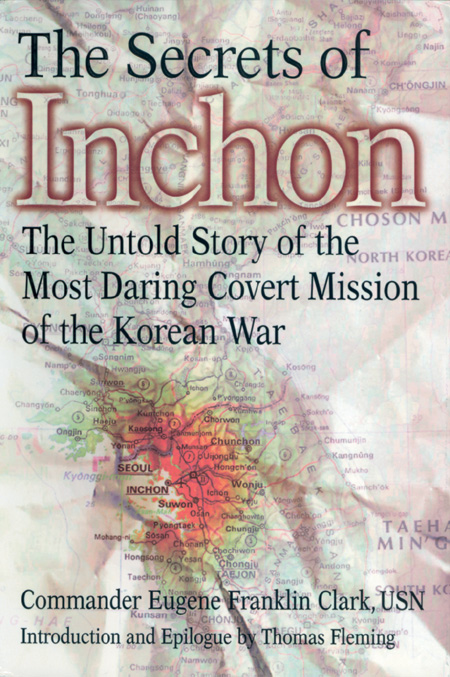 The Secrets of Inchon: The Untold Story of the Most Daring Covert Mission of the Korean War, by Eugene Franklin Clark, New York: G.P. Putnam’s Sons, 2002; 325 pp., illustrations, maps, $26.95 hardcover.
The Secrets of Inchon: The Untold Story of the Most Daring Covert Mission of the Korean War, by Eugene Franklin Clark, New York: G.P. Putnam’s Sons, 2002; 325 pp., illustrations, maps, $26.95 hardcover.
Usually considered General Douglas MacArthur’s strategic masterpiece, the large amphibious landing at Inchon September 15, 1950 during the Korean War was a very risky operation. While being planned, many people considered the mission suicidal because little was known about the radical tides of the area, the miles of mudflats, and the seawalls and fortifications behind enemy lines. Two weeks before the scheduled invasion, then-Navy Lieutenant Eugene F. Clark and two Korean officers landed on an island in Inchon Harbor to gather intelligence for the impending operation. During this period, Clark and his comrades fought skirmishes with the Communists, captured enemy patrol boats, interrogated captives, and gathered information that was indispensable to mission success. Moreover, hours before the landings, Clark lit a lighthouse lamp to guide the invading armada through the narrow channel. Originally written by Clark in 1951, this fast-paced enthralling account is a saga of courage, selflessness, and diligence, in which Clark fully lived up to his reputation of having “the nerves of a burglar and the flair of a Barbary Coast pirate.”
With 3 Para to the Falklands, by Graham Colbeck, London: Greenhill Books, 2002; 224 pp., illustrations, maps, glossary and abbreviations, index, $29.95 hardcover.
Graham Colbeck served as a sergeant in the Milan antitank platoon of the British Army’s 3rd Battalion, The Parachute Regiment (3 Para) throughout the dramatic 1982 campaign to eject invading Argentine forces from the Falkland Islands. Colbeck’s battalion played a key role in the conflict, especially during the hard-fought battle for Mount Longdon on June 11, 1982, during which 3 Para suffered 19 men killed and over 40 wounded. The Argentines surrendered three days later.
Armed with a diary and camera throughout the operation, Colbeck chronicled his unit’s preparations for deployment; the anxious 40-day, 8,000-mile sea voyage to the Falklands; the actual combat operations he participated in; and his own perceptions of the experience. The result is a candid, interesting, and profusely illustrated narrative of small-unit combat, published to coincide with the 20th anniversary of the Falklands Islands campaign. This volume also shows that wars are still won by determined, well-trained, and ably led professional ground soldiers.
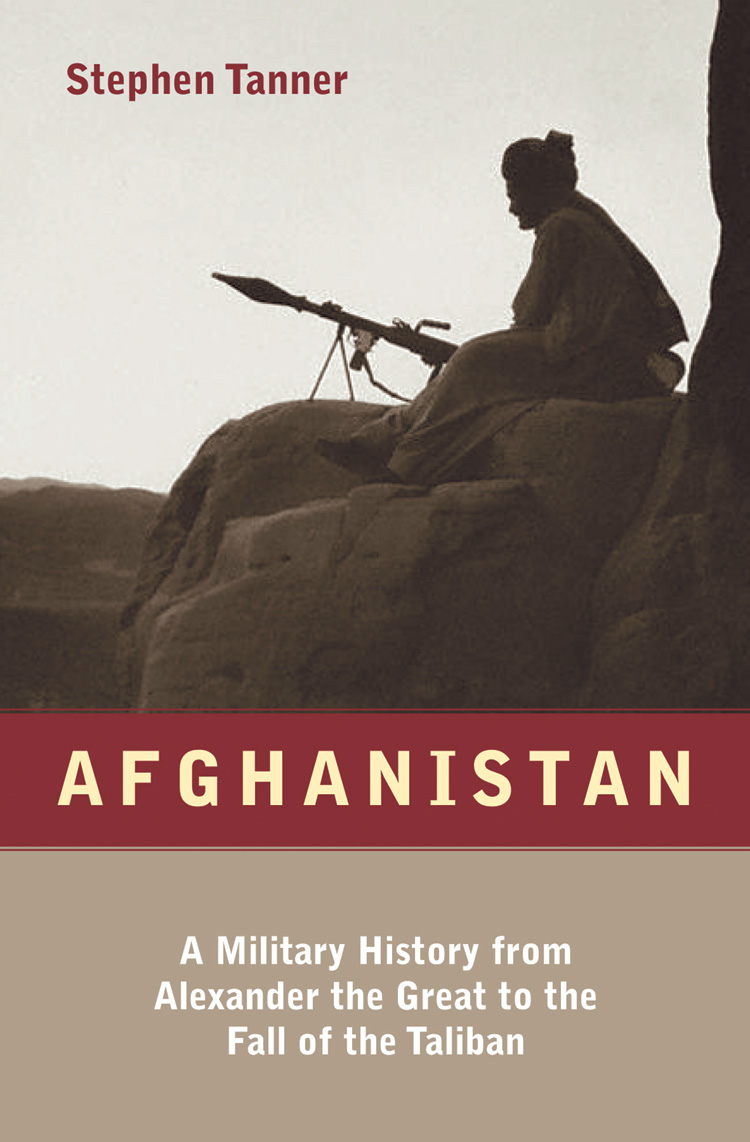 Afghanistan: A Military History from Alexander the Great to the Fall of the Taliban, by Stephen Tanner, New York: Da Capo Press, 2002; 368 pp., glossary, bibliography, index, $26.00 hardcover.
Afghanistan: A Military History from Alexander the Great to the Fall of the Taliban, by Stephen Tanner, New York: Da Capo Press, 2002; 368 pp., glossary, bibliography, index, $26.00 hardcover.
Afghanistan has been a crossroads of empires for millennia, from Alexander the Great and Genghis Khan to the British and the Soviets—and is now a battleground in the arguably dubious “war on terror.” Using mainly published books and periodical articles, Stephen Tanner has chronicled the panoramic military history of Afghanistan, mountainous home to a legendary warrior culture. This narrative is up to date, including the March 2002 Allied Operation “Anaconda” against Al Qaeda. The author rightly criticizes this operation as inadequate, ill coordinated, and media-driven, with unfounded and grossly exaggerated enemy casualty figures and U.S. “heli-borne troops … landing among the hills into a buzzsaw of enemy machine-gun, RPG and mortar fire.” A linkage is established between the “war on terror” and the Israeli-Palestinian conflict, with the author stating that “Israel represents a hot poker the West, the United States being particularly responsible, continually sticking into the stomach of Islam.” This is an interesting, informative, and thought-provoking study on an important and timely topic, and serves as “a cautionary tale, perhaps, about the dangers that may lie ahead.”
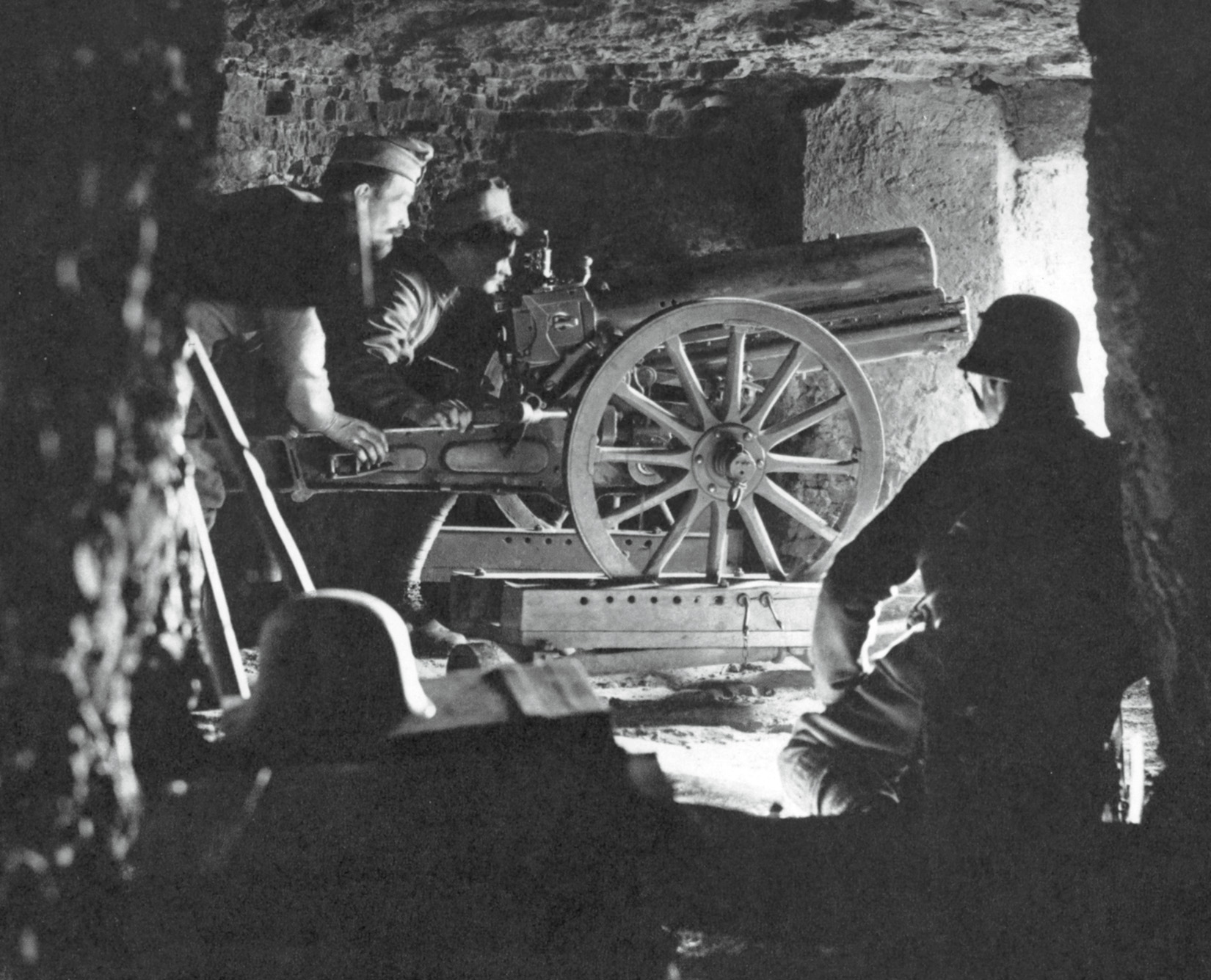
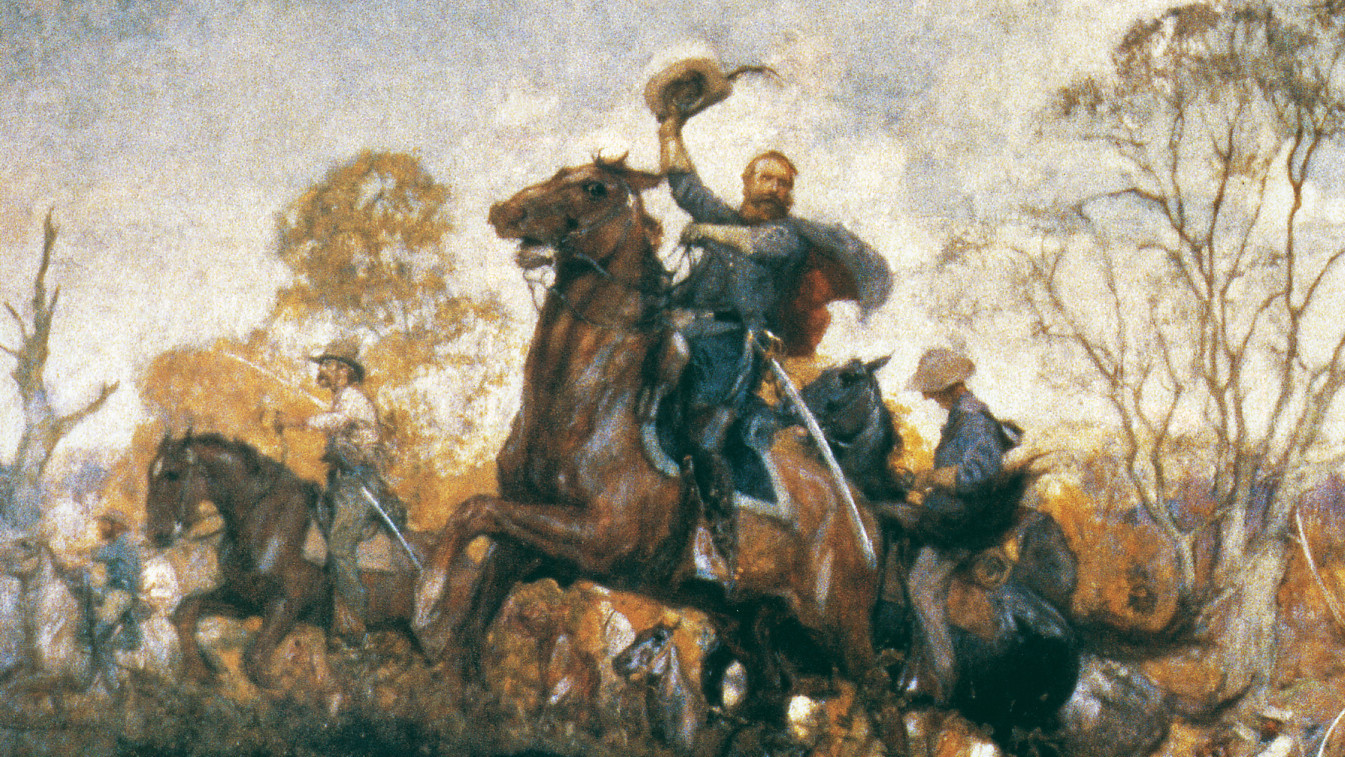
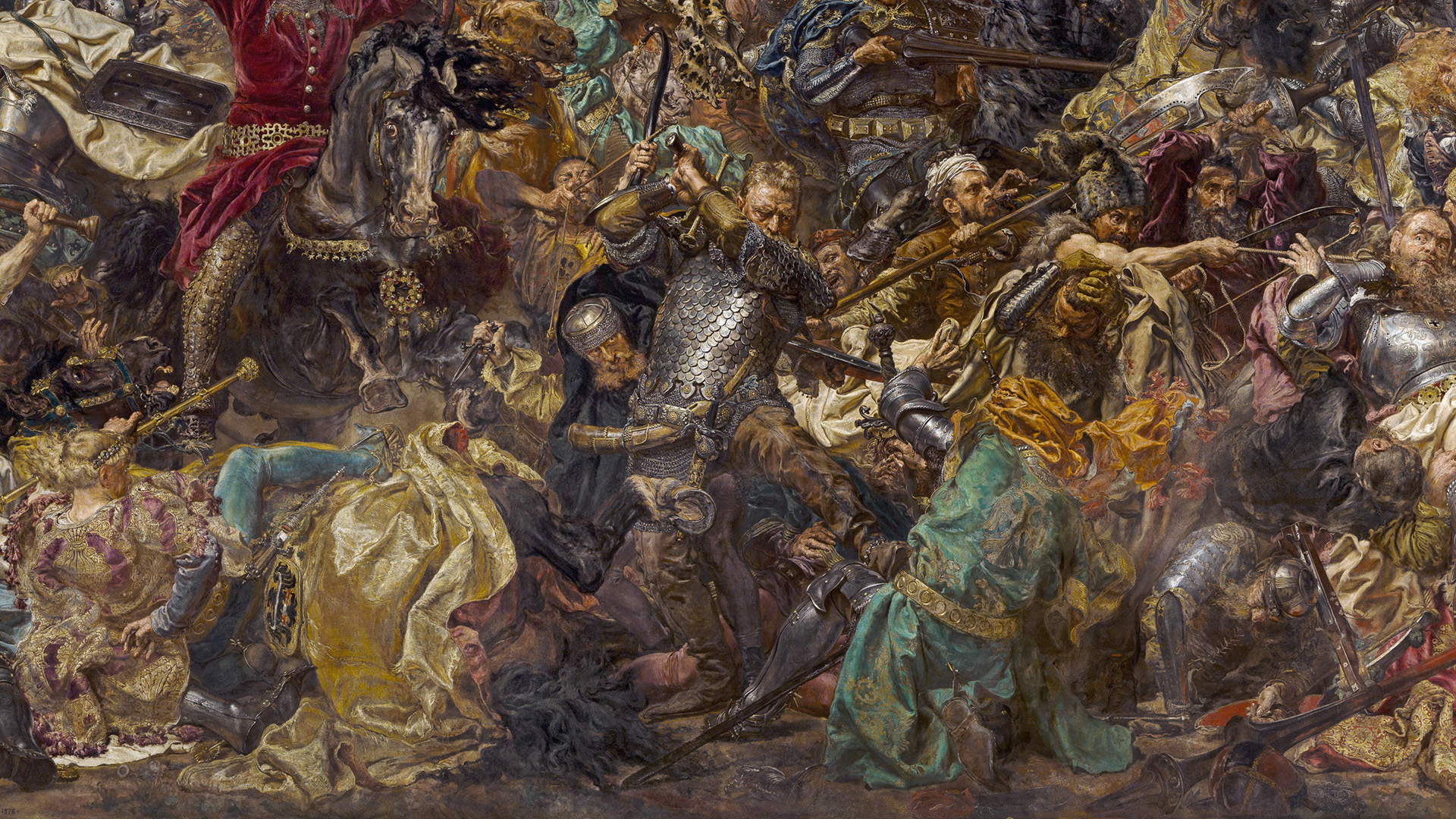
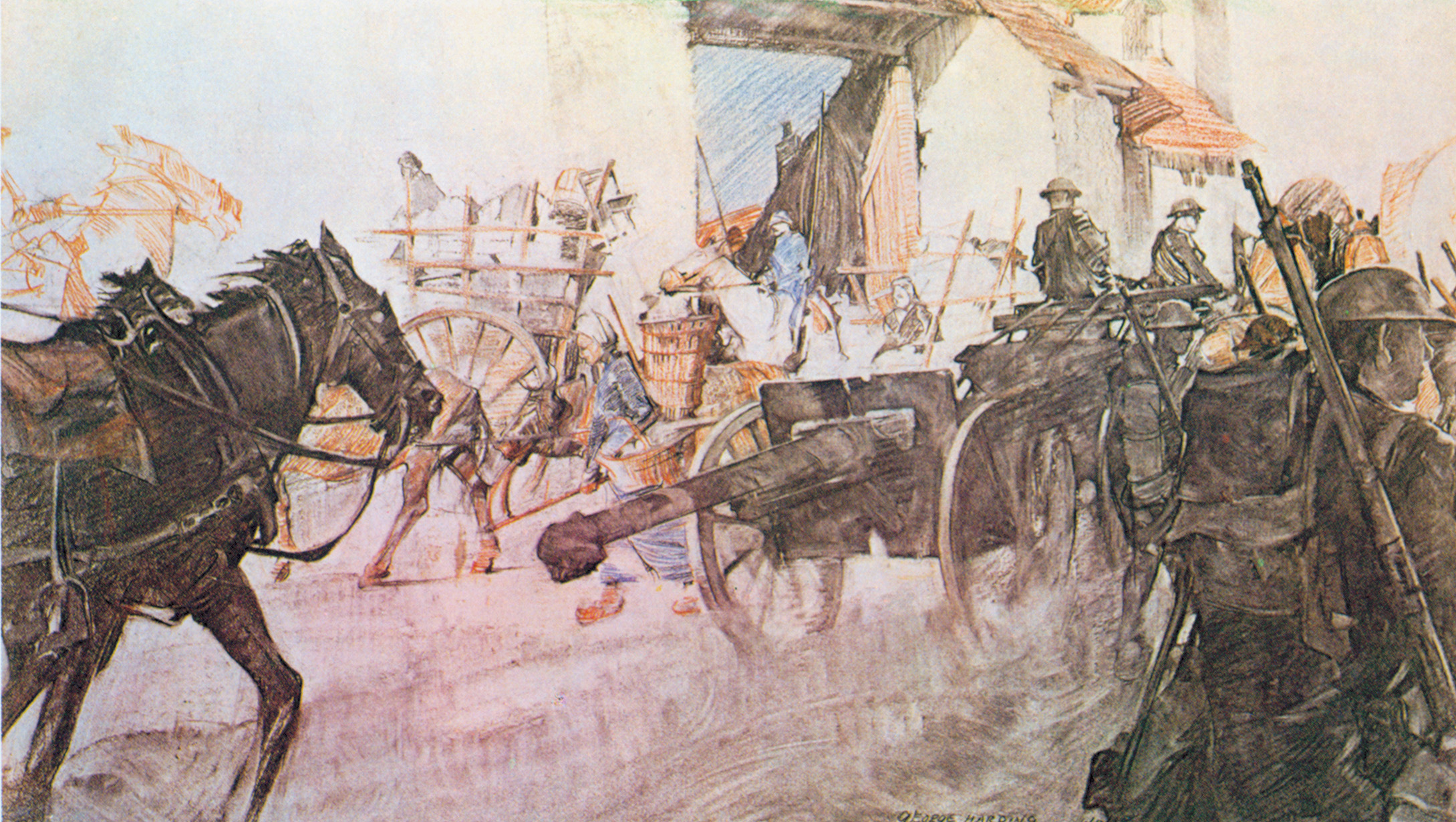
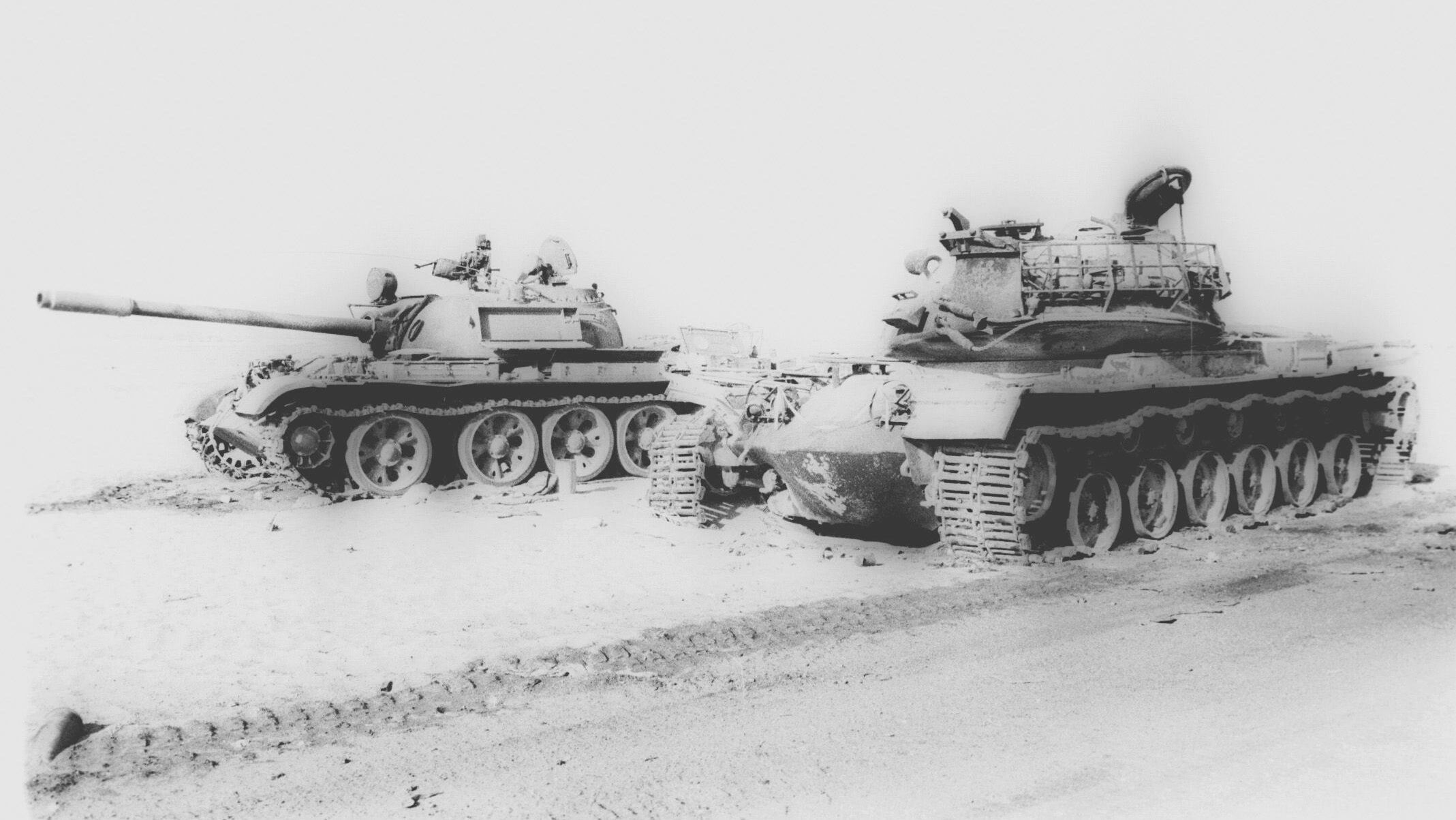
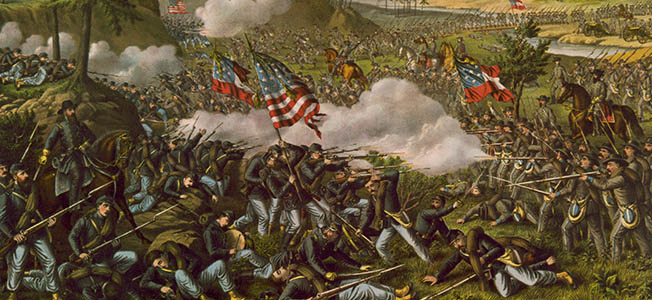
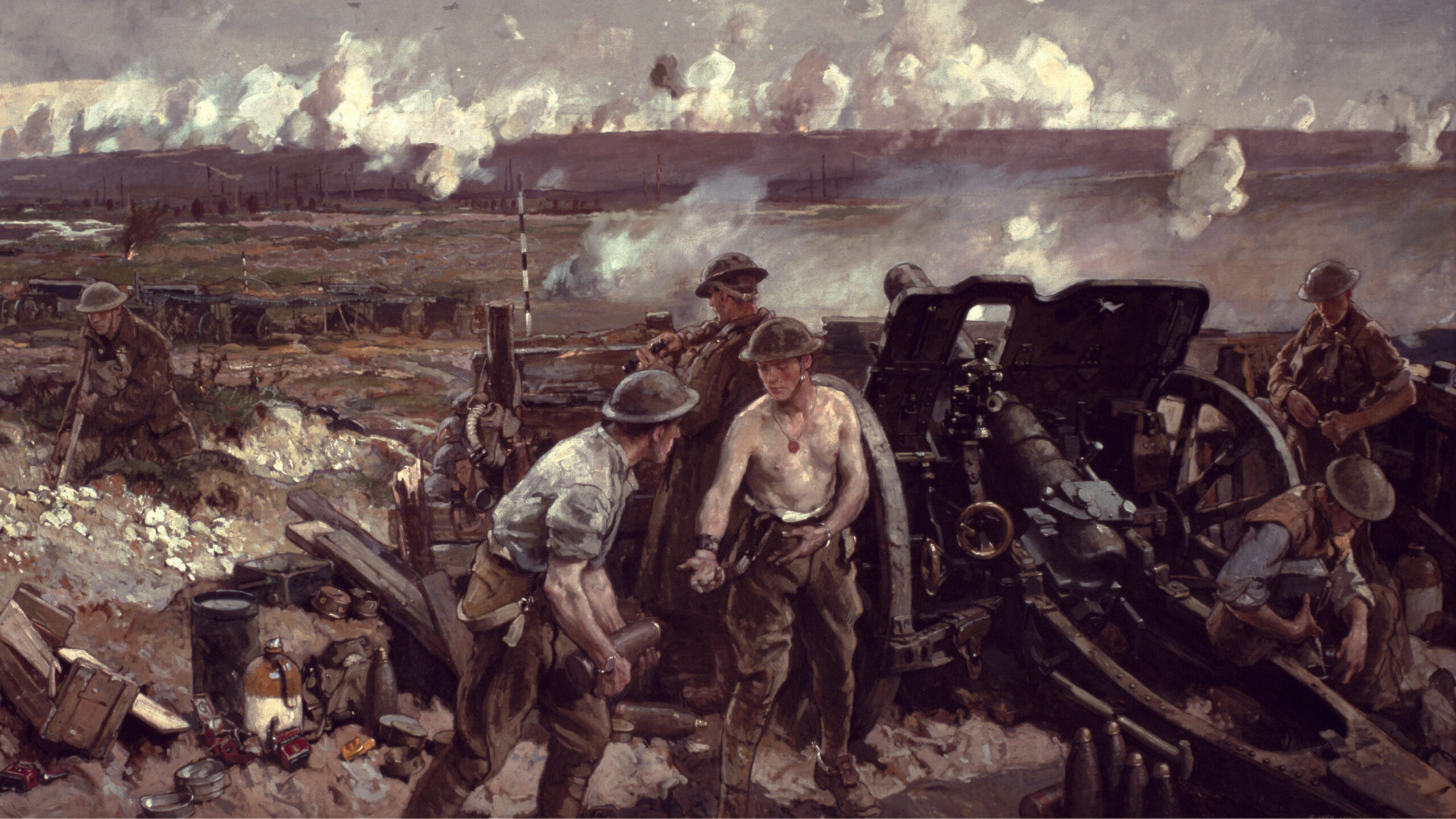
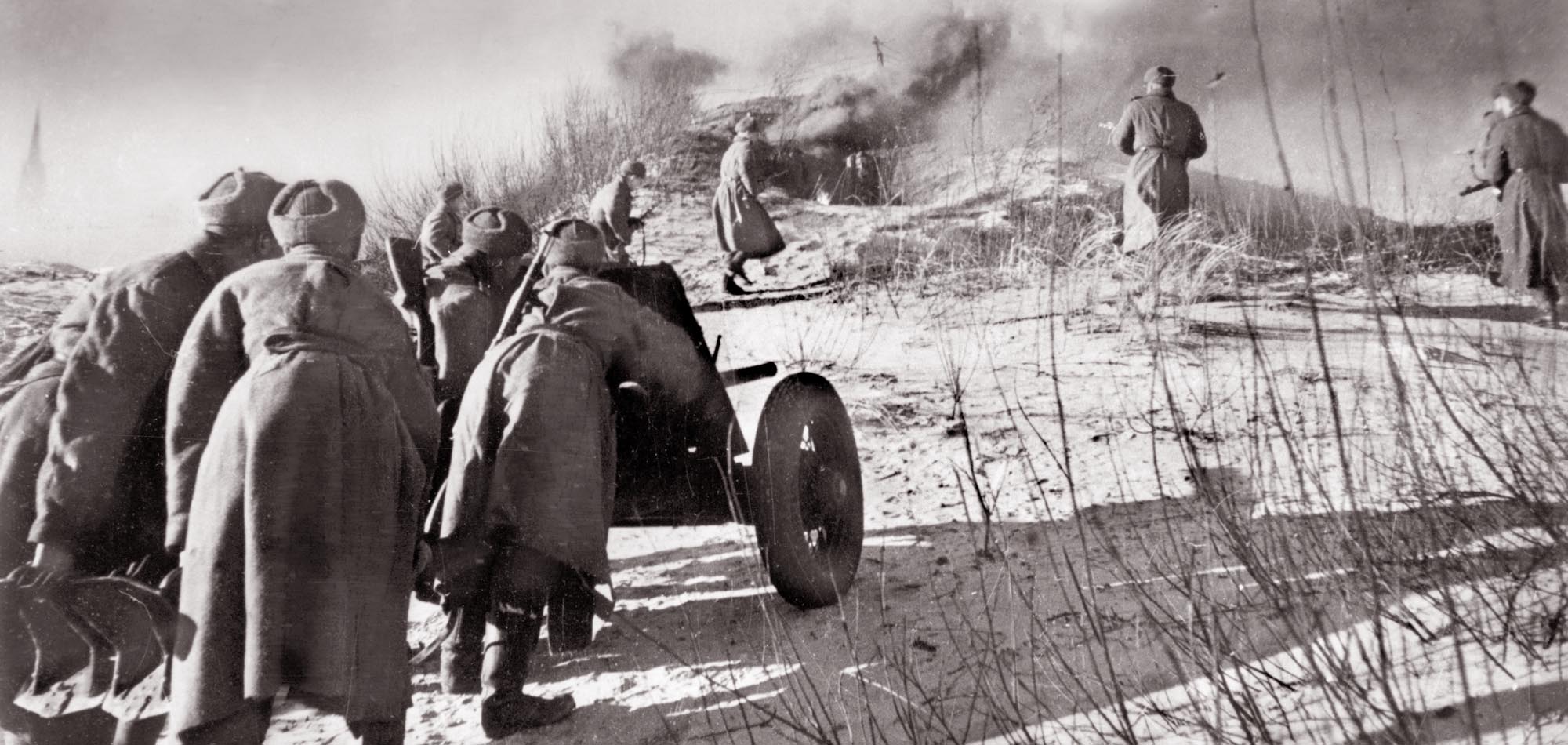
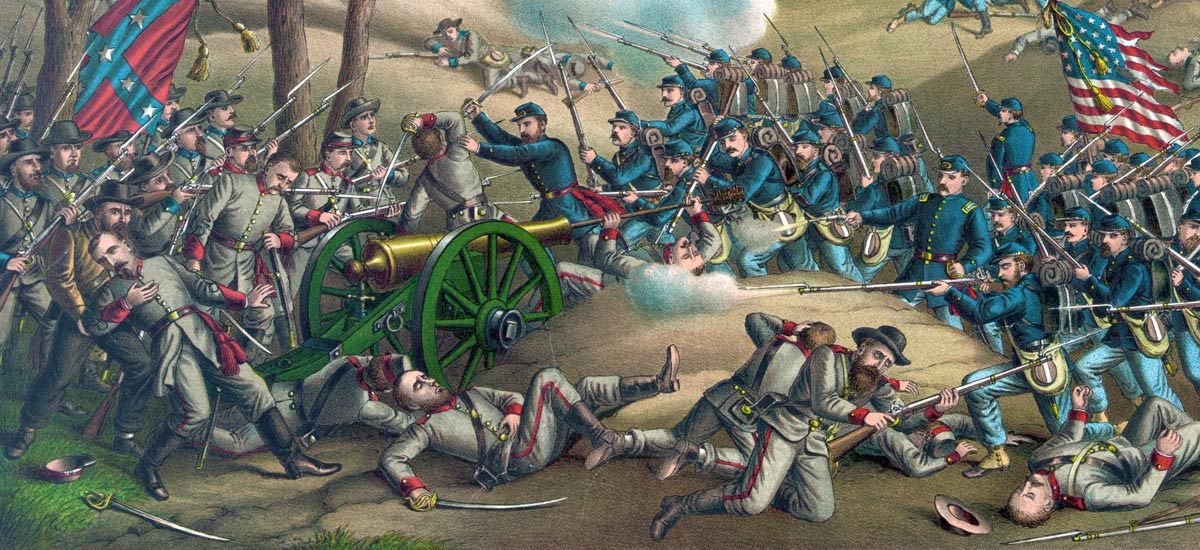
Join The Conversation
Comments
View All Comments